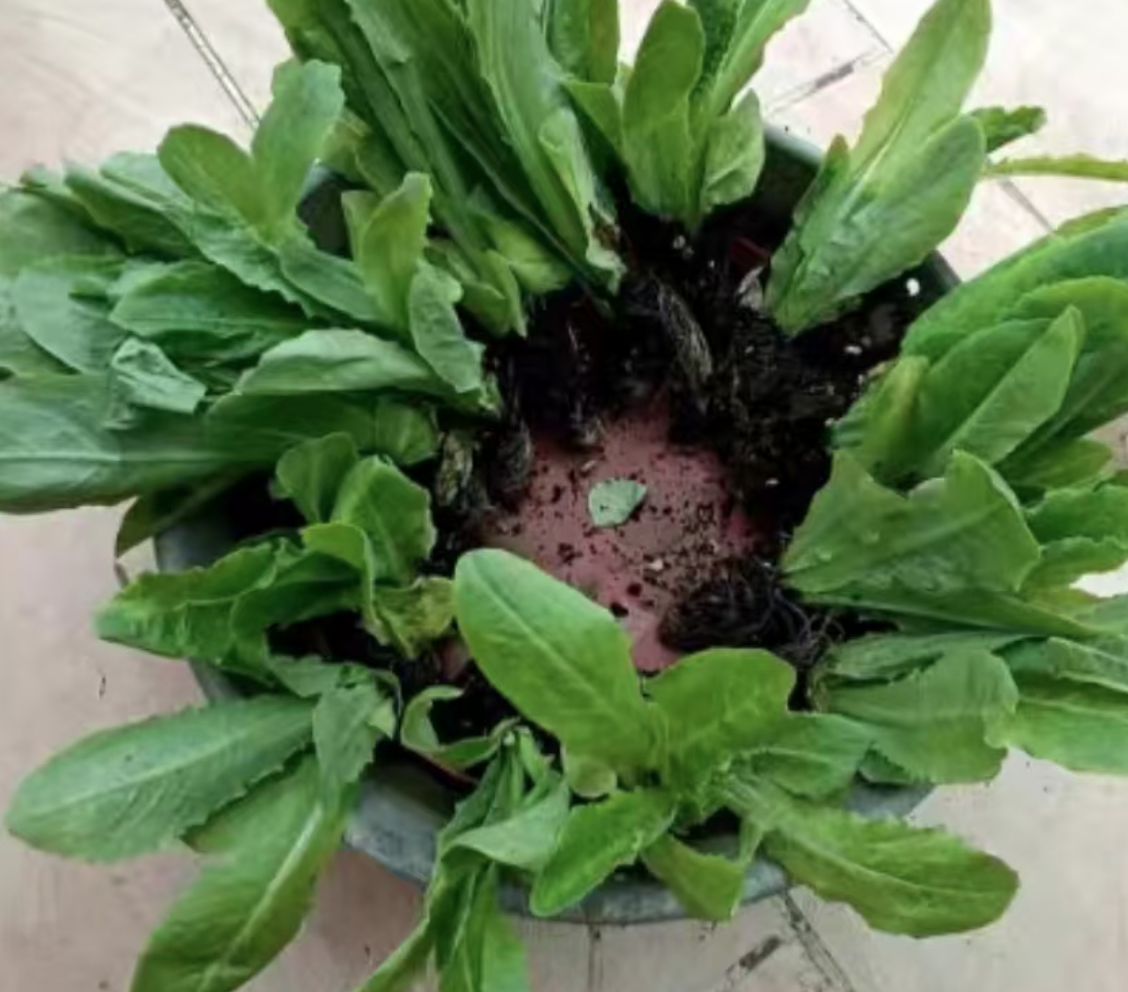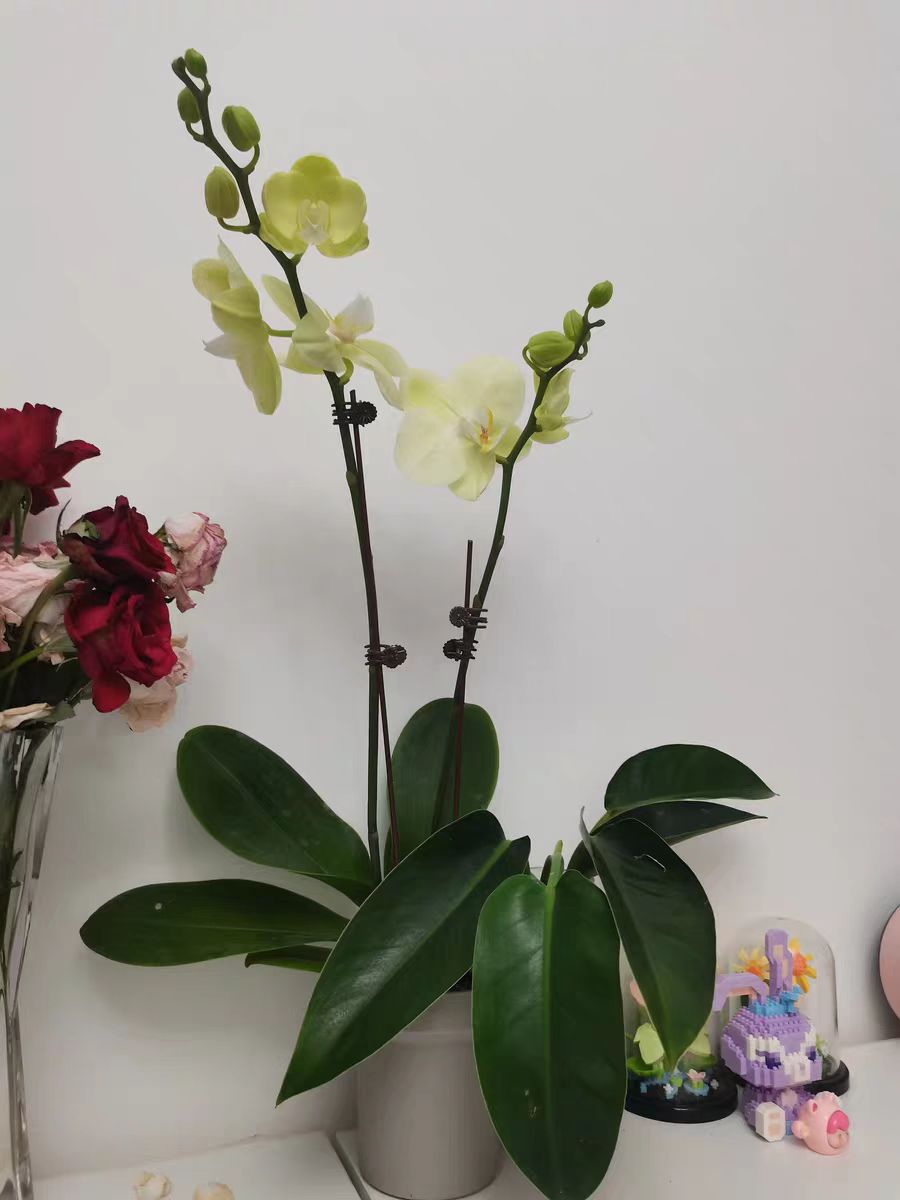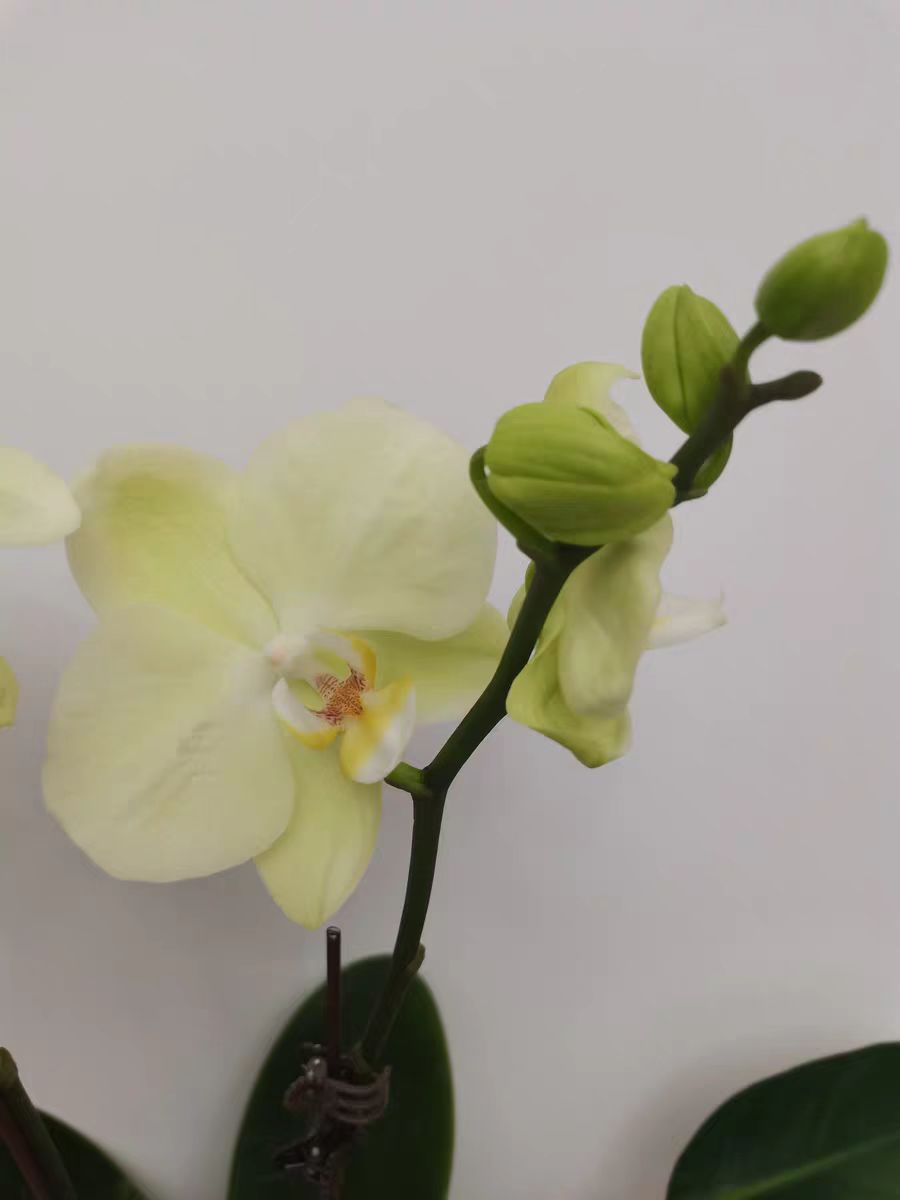Today, I'd like to introduce a kind of wild vegetable in the countryside. Its name is Sonchus oleraceus. Old people also call it the Longevity Vegetable. It is a dish with the property of being both medicine and food. Sonchus oleraceus is usually most commonly seen in mountainous areas. As a wild vegetable, it can be used to feed livestock, and it can also be cooked and eaten by humans. Because it itself contains very rich nutrients such as proteins, vitamins, and minerals. You can pick its young leaves and eat them raw, or make them into cold dishes, soups, or stir-fried dishes.
Sonchus oleraceus belongs to the genus Sonchus in the Asteraceae family. When it grows up, the plant height is approximately between 50 and 100 centimeters. Usually, only seeds can be bought in the flower market. When sowing, it is best to choose a relatively cool day. If sowing in the high temperature of summer, it is necessary to pay attention to putting it outside the north window, and it can also grow well in this way. In terms of cultivation, Sonchus oleraceus likes a cool and humid climate, is cold-resistant, and can endure a low temperature of minus three degrees Celsius. It is not heat-tolerant. When the ambient temperature soars to 30 degrees Celsius, it may wither. The optimal growth temperature is between 15 and 25 degrees Celsius. The best soil for soil cultivation is well-drained clay loam.
The sowing technique of Sonchus oleraceus is as follows: Before sowing, thoroughly water the soil. After the water is absorbed and seeps down, evenly spread the seeds on the cultivation soil, and then cover it with 0.5 cm thick fine soil. During the period of 3 to 5 days when the seedlings have not emerged, keep the soil temperature and humidity. After the seedlings emerge, transplant them into pots, and the seedling distance can be about 20 to 25 centimeters.
In daily cultivation, if more sunlight is given to Sonchus oleraceus, the more bitter it will be when it grows up. If you can't stand the bitterness, you need to shade it to reduce the bitterness. In terms of water, it is more afraid of drought than wetness. Especially during the growth period, you need to frequently pay attention to the moisture content of the soil. If the soil is dry for a long time, it will cause the increase of Sonchus oleraceus fibers and the significant reduction of its quality. In terms of fertilization, apply nitrogen fertilizer once every 7 to 10 days along with watering during the growth period.
Sonchus oleraceus is high in nutritional value. Around 40 to 50 days after sowing, the leaf clusters will enter a vigorous growth period, and it is most appropriate to harvest at this time. Specifically, when picking, be careful not to pick the whole plant at once. You can just pick the outer leaves to eat, and in this way, it will continue to grow more leaves later.
Is Sonchus oleraceus high in nutritional value?

Share with
Tagged in :




Leave a Reply